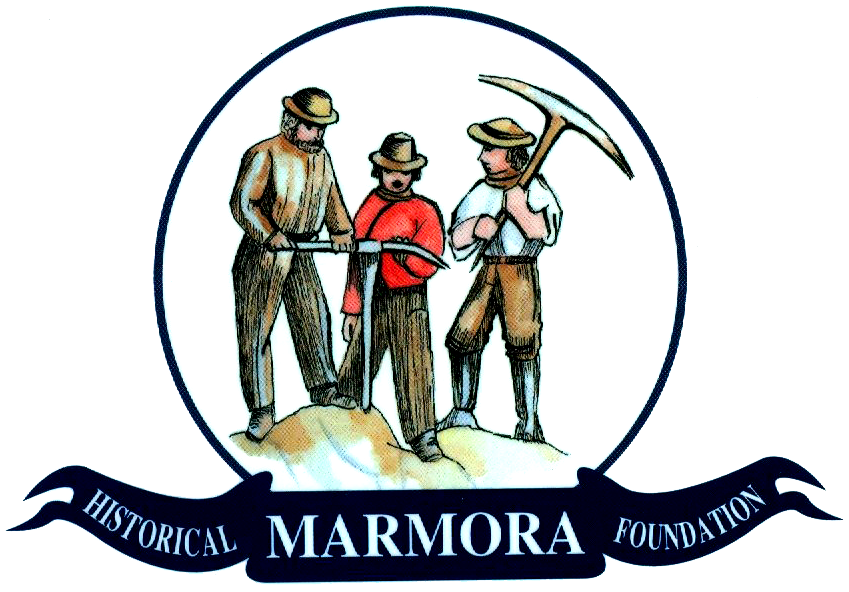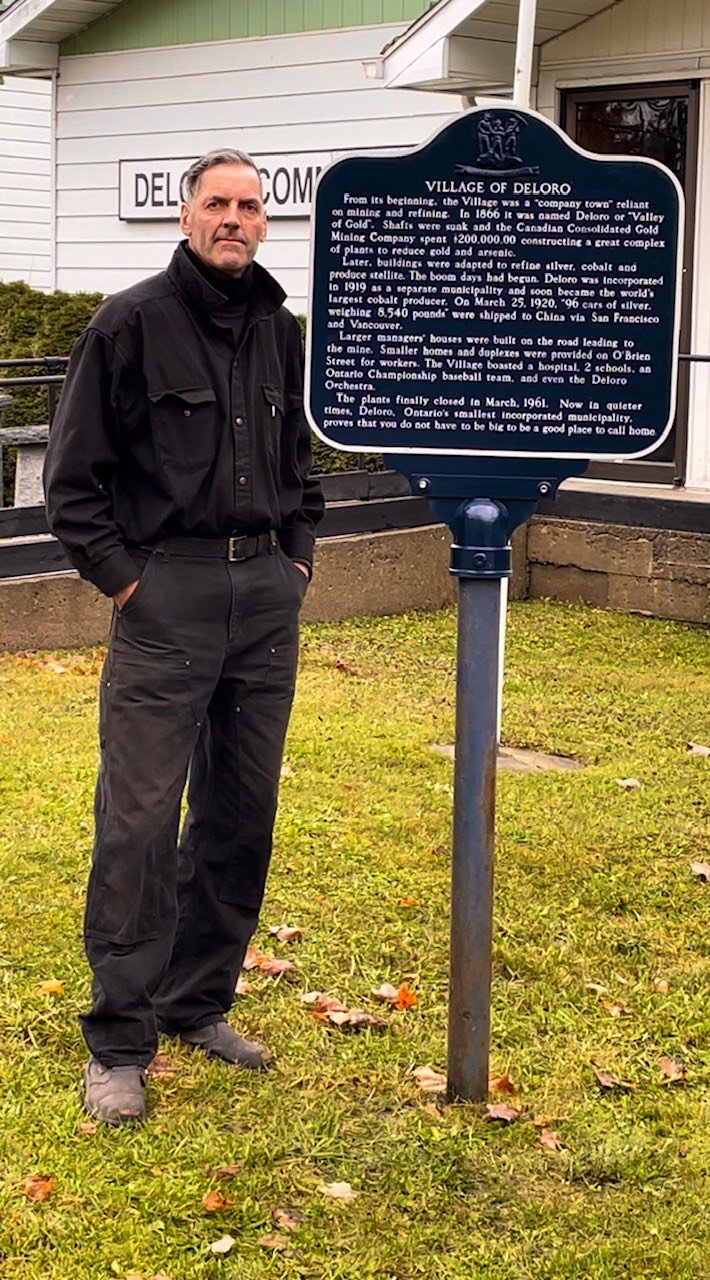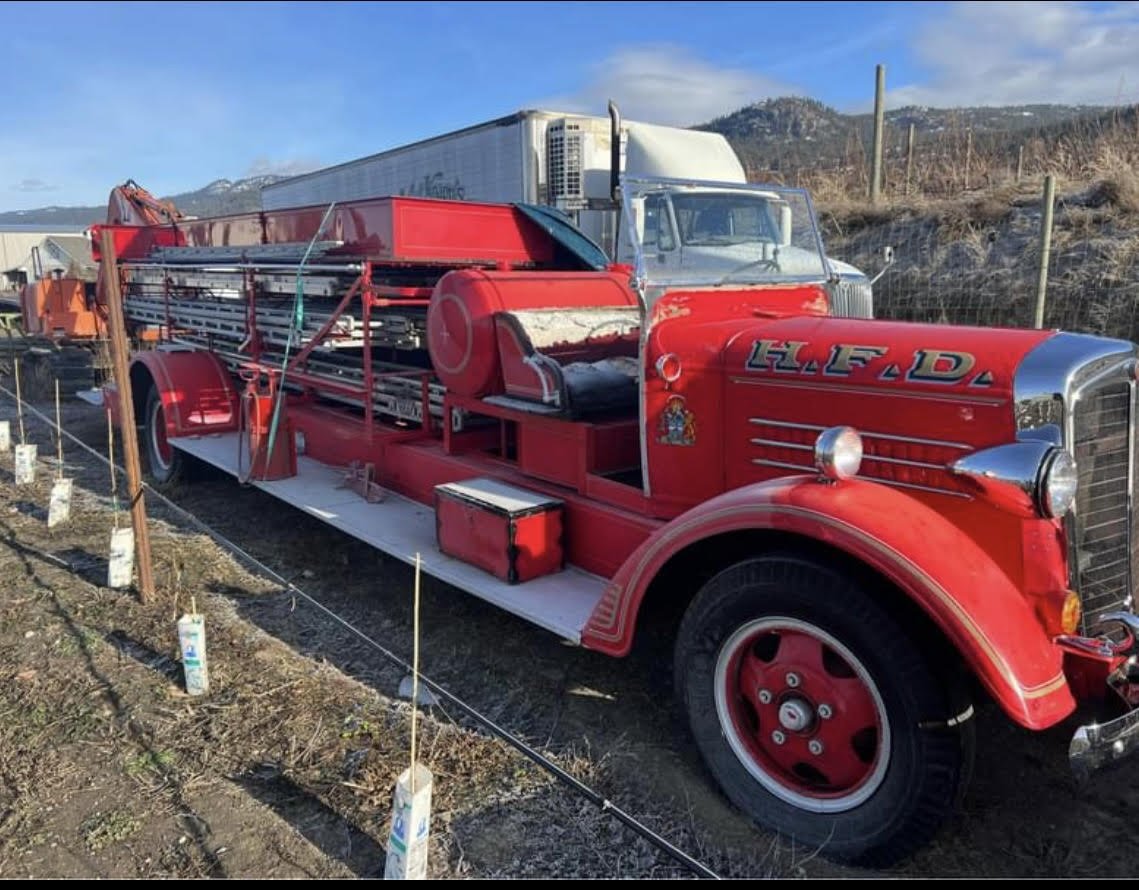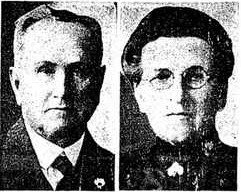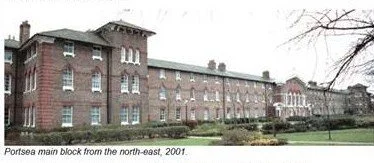Ku Klux Klan in Havelock Too close for comfort
/Ku Klux Klan in Havelock Too close for comfort
It is hard sometimes not to judge those of the past by our own standards. No doubt, we would outrage them as surely as they sometimes do us. One result of different view points was the acceptance in Hastings County of the Ku Klux Klan. From its branch base in Belleville, membership in the fraternity crept north in the 1920's and 30's. The sight of hooded men at cross burnings was not unknown to the area.
In her excellent Kingston History Blog, Francesca Brzezicki writes, "While the original Ku Klux Klan of the 1860s was contained to the American South and concerned with bringing down the growing presence of blacks in public and political life, the Klan of the 1910s and 20s had branched out in geography and intolerance. New targets of hatred included not just non-whites, but Catholics, Jews, immigrants, and in Canada, French-Canadians."
THE HAVELOCK STANDARD confirmed in the establishment in Havelock, March 4, 1926
The Canadian Encyclopedia defines the Ku Klux Klan as an "outlawed, racist, ultra-conservative, fraternal organization dedicated to the supremacy of an Anglo-Saxon, Protestant society." It adds"Like their American counterparts, Canadian Klansmen had a fanatical hatred for all things Roman Catholic and feared that the purity of the Anglo-Saxon race was being jeopardized by new immigration. Moreover, they were not averse to committing crimes to achieve their goals."
Where are they now?
